This is a Series 2 Jaguar E-Type from 1969 that is now part way through a restoration. The project has stalled and as a result it needs a new buyer to take over and complete it.
The E-Type is widely considered to be one of the most beautiful cars of all time, and even in a disassembled state it’s clear to see why. Fortunately this example has already been stripped of all its paint, so it’ll be easy for prospective buyers to look it over and accurately estimate the amount of work required.
Fast Facts – The Jaguar E-Type Series 2
- The Jaguar E-Type was introduced in 1961 as a high-performance sports car, designed by Malcolm Sayer and manufactured by Jaguar Cars.
- The E-Type became famous for its combination of beauty and speed, with a top speed of 150 mph and a 0-60 mph acceleration time of under 7 seconds.
- Over its production run from 1961 to 1975, the E-Type underwent several updates, including engine and suspension modifications, as well as changes to its body design. These are typically now referred to as Series 1, Series 2, and Series 3.
- The E-Type was popular among car enthusiasts and was also driven by many celebrities including Steve McQueen, George Best, and Frank Sinatra.
- In recent years, the Jaguar E-Type has become a highly sought-after classic car, with fully restored examples commanding high prices.
The Second Generation Jaguar E-Type
The Jaguar E-Type Series 2 was introduced in 1968 as a replacement for the original E-Type, which was first released in 1961. The Series 2 was updated to meet the new regulations in the United States and Europe, where the original E-Type was no longer compliant with the latest safety standards.
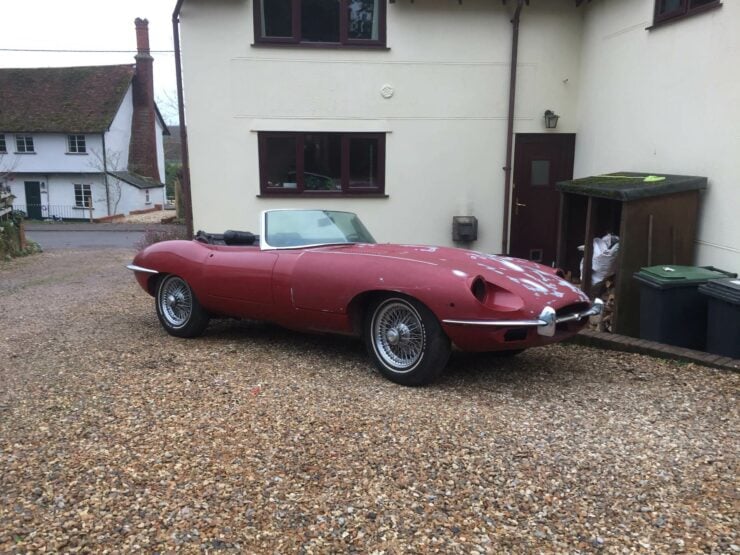
This is how the car looked before the restoration teardown process began. As you can see the car is a 1969 Jaguar E-Type Roadster, with wire wheels, and the 4.2 liter XK straight-six.
The Series 2 featured a number of changes and improvements over the original E-Type, the most noticeable of which was the introduction of a new 4.2 liter straight-six engine with improved torque.
The uprated engine offered improved performance, with a top speed of over 150 mph and slightly better drivability at lower revs. The Series 2 also received an updated interior, with a new dashboard that featured more modern gauges and switches, as well as more comfortable seats.
In addition to the updates to the engine and interior, the Series 2 also received several changes to its exterior design. The front of the car was redesigned, with new bumpers that incorporated larger over-riders, as well as a new grille that was positioned higher and further forward than on the original E-Type.
The headlights were also moved slightly, making them easier to see, and the glass covers used on the first E-Type were removed. The rear of the car received a similar update, with new taillights and a new bumper that featured an integrated license plate.
The Series 2 was available as a coupe or roadster, with a choice of two engine configurations – the 4.2 liter straight-six or the 5.3 liter V12. The V12 was introduced in 1971 and offered even more performance, with a top speed of over 150 mph and a 0-60 mph acceleration time of just over 6 seconds.
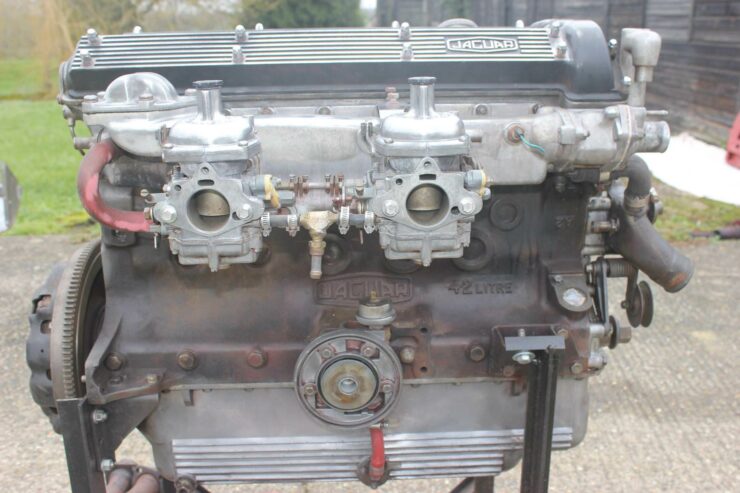
This engine is said to have 150 psi on all cylinders, in original trim it would have produced 265 bhp at 5,400 rpm with 283 lb ft of torque at 4,000 rpm.
The Series 2 was produced from 1968 until 1971, when it was replaced by the Series 3 E-Type. The Series 2 was well received by both car enthusiasts and the public, and it remains one of the most recognizable and desirable sports cars of all time.
Today, fully restored examples of the Series 2 E-Type are much sought after, though typically a little less desirable than the earlier Series 1 (and Series 1.5) versions.
The E-Type Project Car Shown Here
The car you see here is obviously part way through a restoration. Sadly the personal situation of the owner has changed and they now won’t be able to complete the car, so they’re offering it for sale on The Market by Bonhams with a price guide of £27,000 – £32,000 which works out to approximately $36,900 to $43,500 USD.
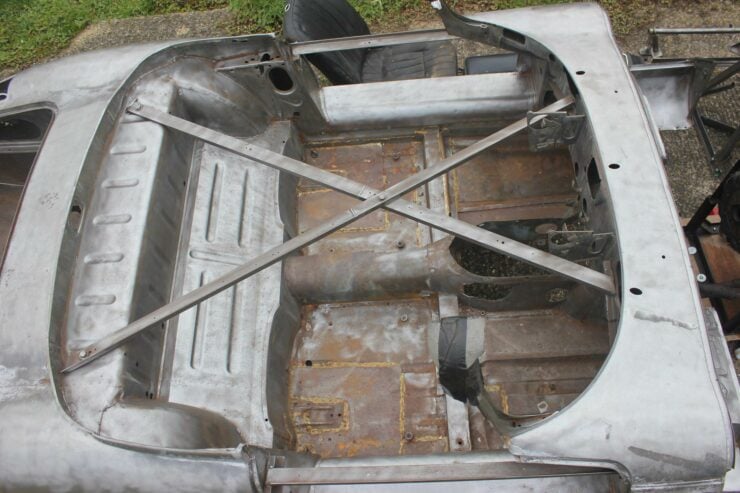
As a unibody car, the E-Type shell needed to be carefully cross-braced before disassembly to avoid any warping or twisting.
The car has been stripped back to bare metal so there are unlikely to be any unhappy surprises for the new owner – like body filler, hidden rust, or bad patch jobs.
The body is braced at the doors to avoid it warping or twisting during the restoration, and the owner notes that it should probably be fitted with new floors and new sills – common corrosion areas on the E-Type for which off the shelf replacements are readily available.
The 4.2 liter Jaguar XK straight-six is said to have compression readings of 150 psi on all cylinders, and it was running and drivable before the car was disassembled, so it’ll be up to the new owner if they want to rebuild it now or leave it as is.
There are some areas are around the car where rust repairs will need to be undertaken, either by the new owner or by a hired E-Type bodywork specialist.
If you’d like to read more about this car or place a bid you can visit the listing here, it’s being offered for sale out of Bury St Edmunds in the United Kingdom with its handbook plus a Production Record Trace Certificate from the Jaguar Heritage Trust. It also has its title from the State of Indiana.
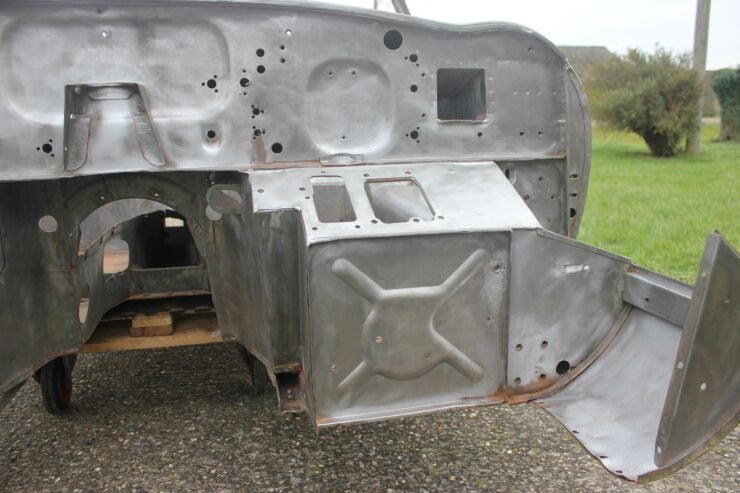
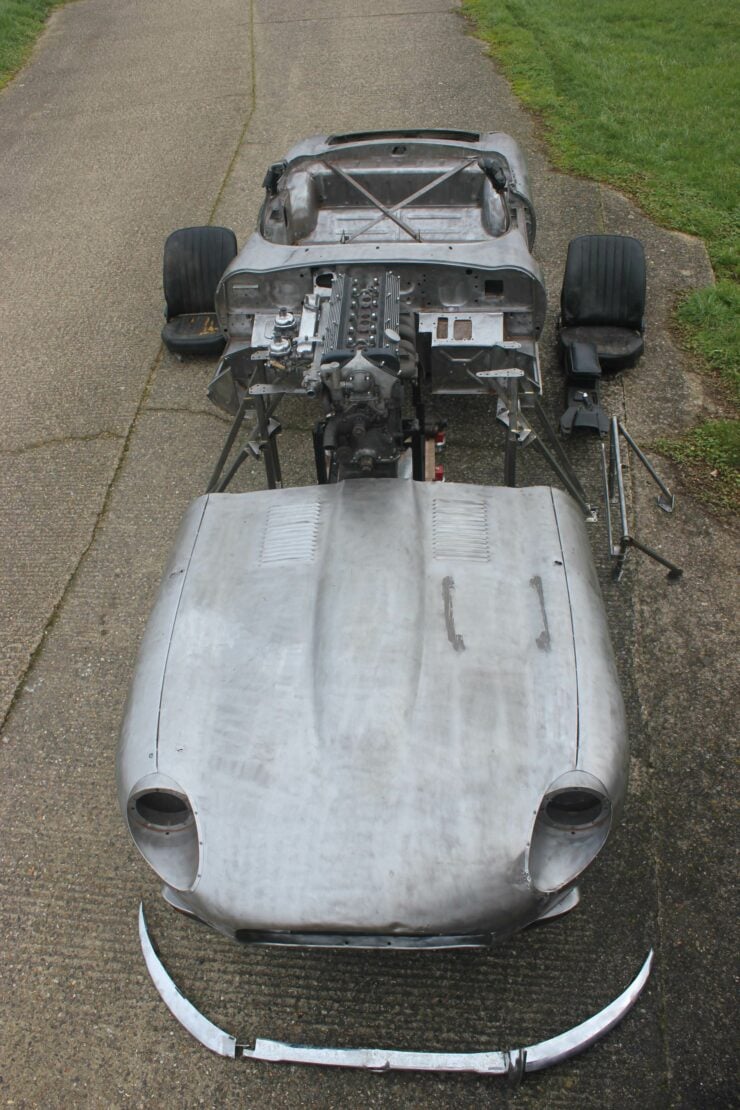
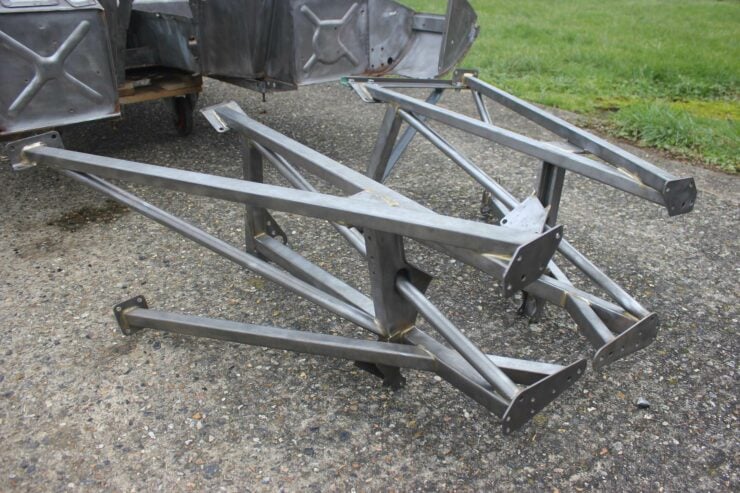
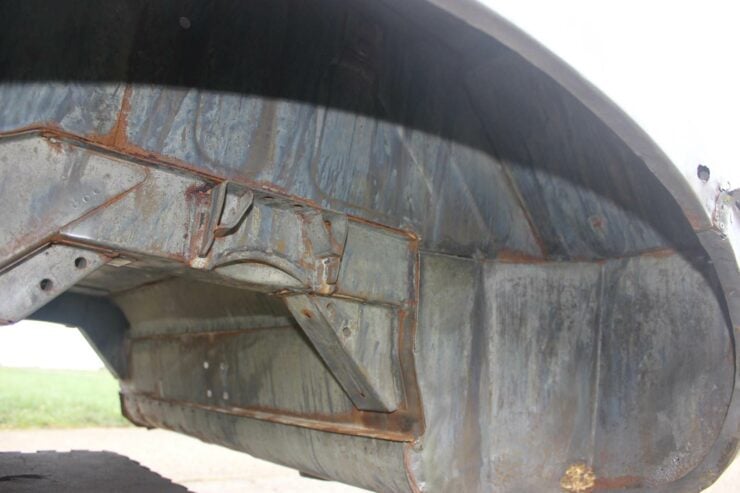
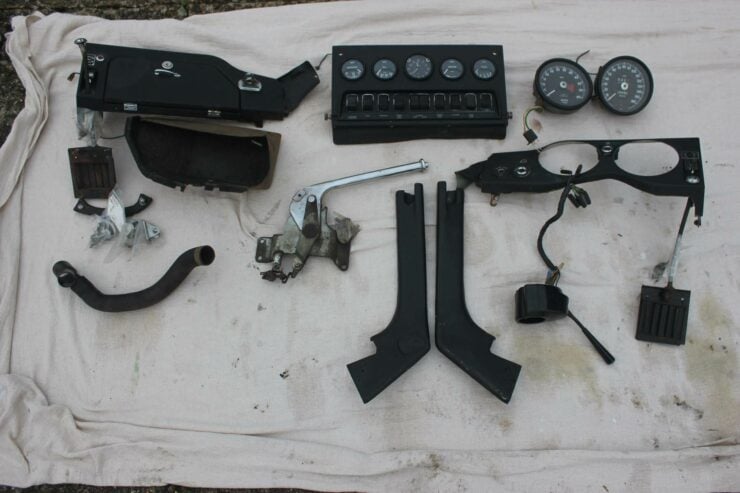
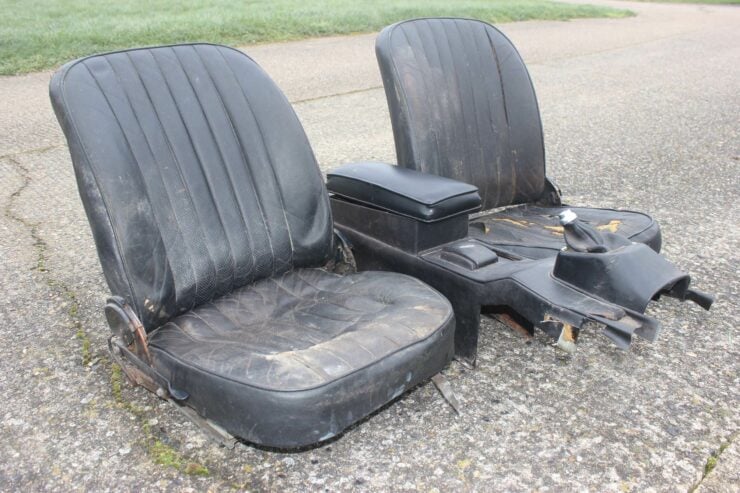
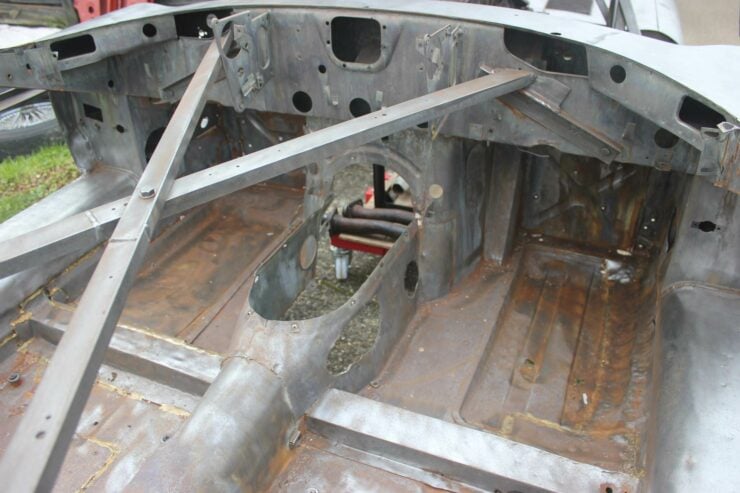
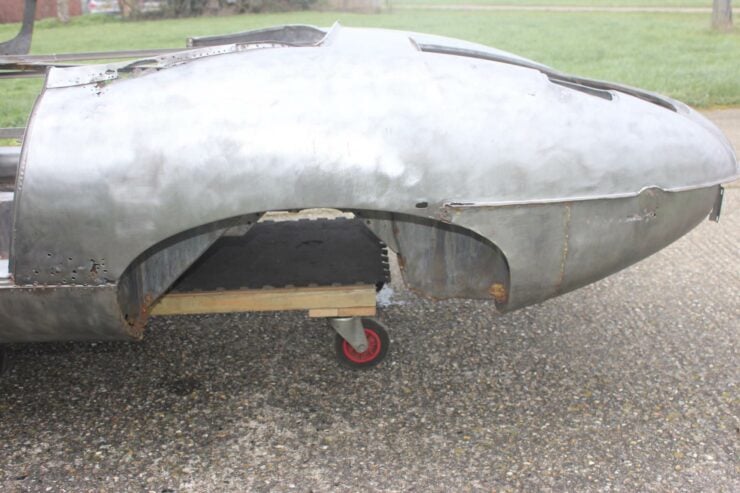
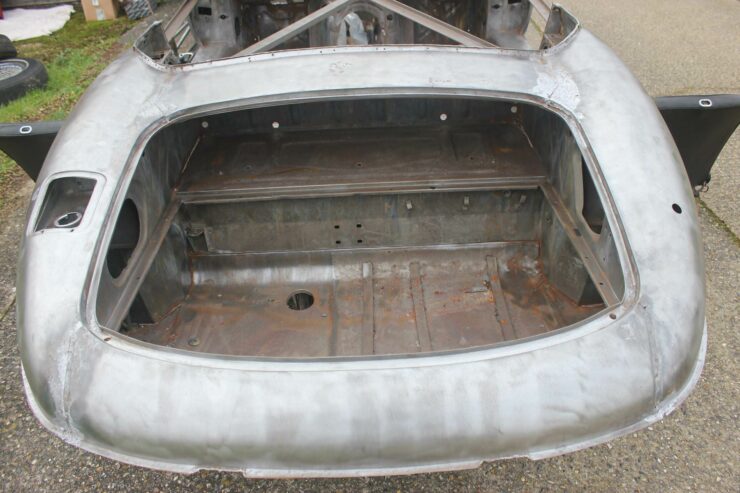
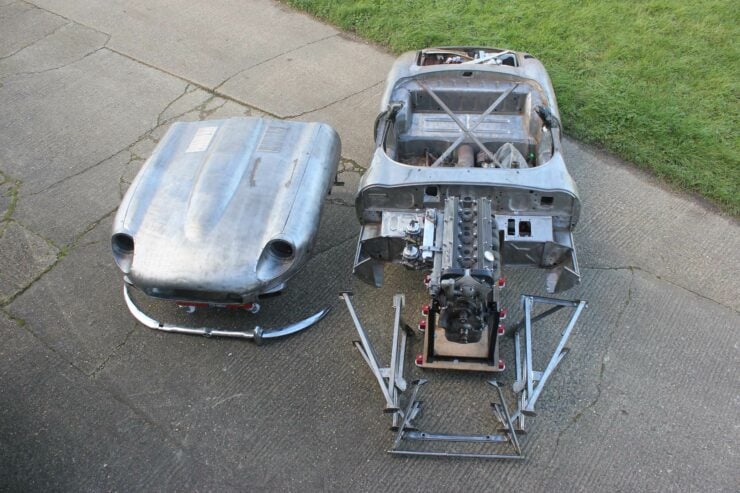
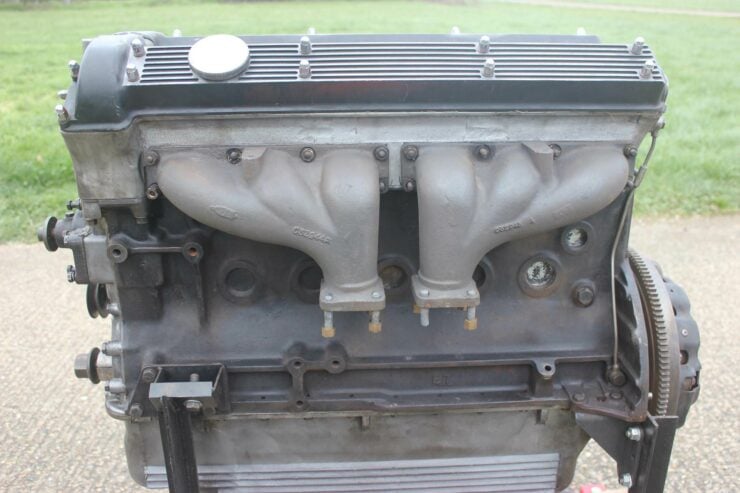
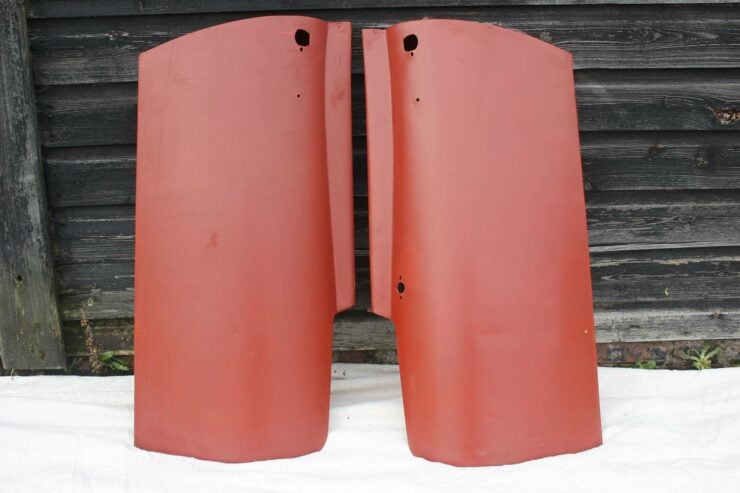
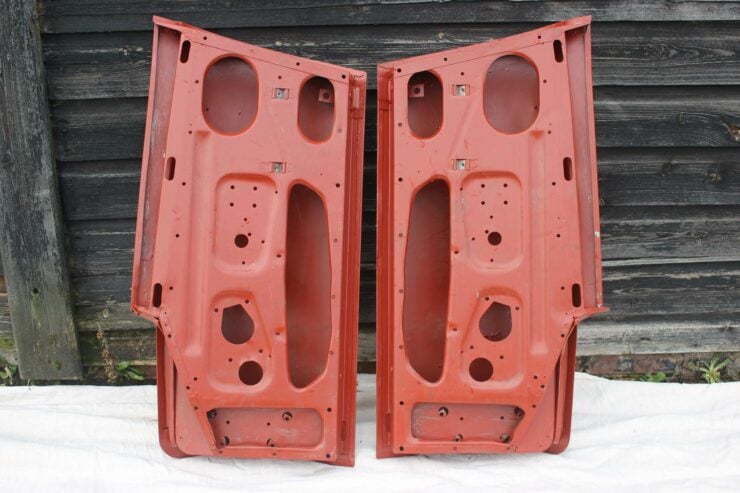
Images courtesy of The Market by Bonhams
The post For Sale: A 1969 Jaguar E-Type 4.2 Project Car appeared first on Silodrome.
from Silodrome https://silodrome.com/jaguar-e-type-series-2-project-car/
via gqrds